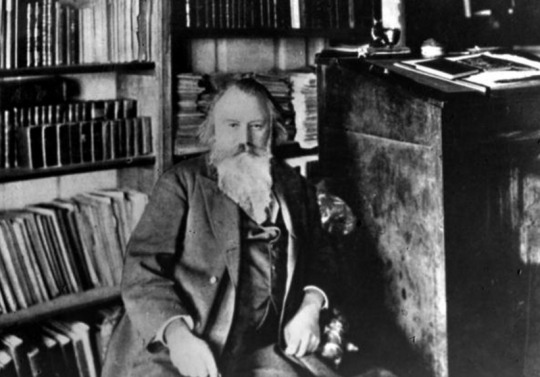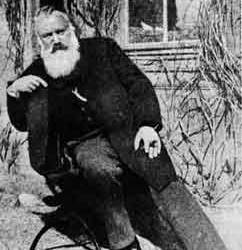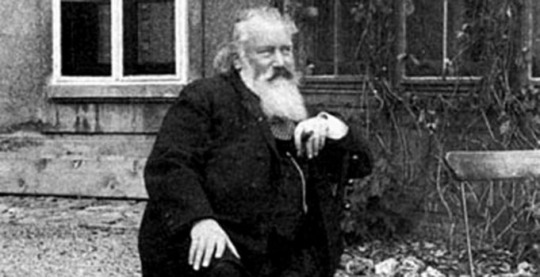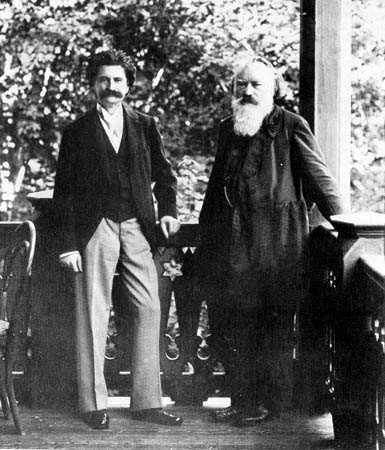Photo



Leonard Bernstein conducting the New York Philharmonic in 1958, by Bruce Davidson.
3K notes
·
View notes
Photo
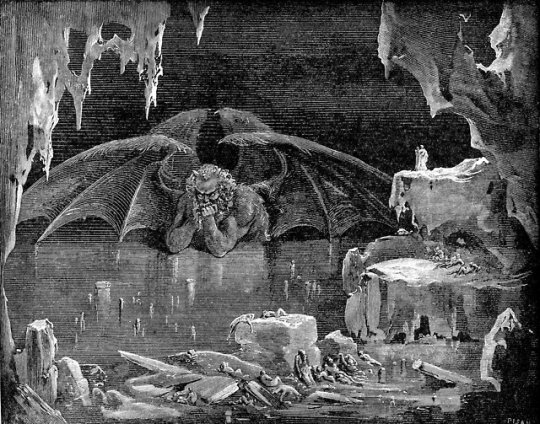
Inferno - Divina Comedia
Dante Alighieri
- Gustave Doré
2K notes
·
View notes
Photo

Violoncello, Musical Instruments
Gift of Nat and Yanna Brandt, in memory of Sophie Kroyt, 1983 Metropolitan Museum of Art, New York, NY
Medium: Wood, metal
17 notes
·
View notes
Photo

Schubert’s eyeglasses and the manuscript of Gretchen am Spinnrade, Schubert Museum, Vienna.
6K notes
·
View notes
Photo
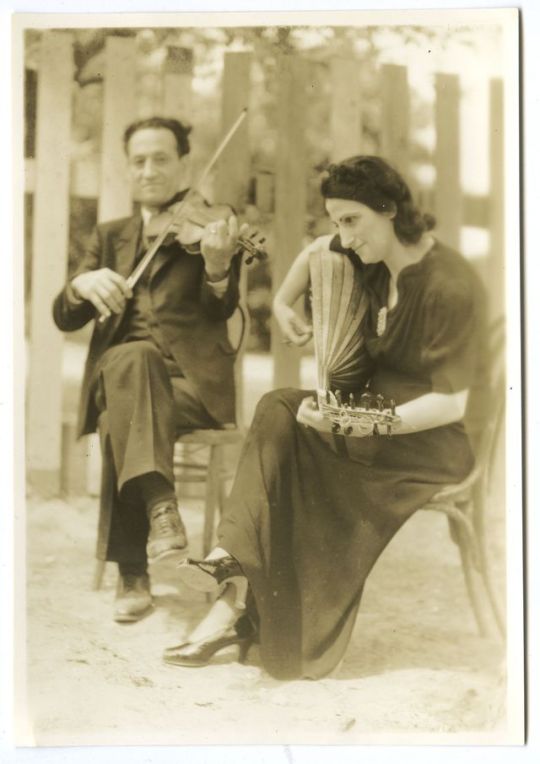
(via Mary and Hartop Goshtigian playing oud and violin, group portrait, photograph | Library of Congress)
68 notes
·
View notes
Text

Dvorak just chillin’ with his doves…
What a mood
143 notes
·
View notes
Photo

Silvestre Revueltas Sánchez (December 31, 1899 – October 5, 1940) was a Mexican composer of classical music, a violinist and a conductor.
Revueltas was born in Santiago Papasquiaro in Durango, and studied at the National Conservatory in Mexico City, St. Edward’s University in Austin, Texas, and the Chicago College of Music. He gave violin recitals and in 1929 was invited by Carlos Chávez to become assistant conductor of the National Symphony Orchestra of Mexico, a post he held until 1935. He and Chávez did much to promote contemporary Mexican music. It was around this time that Revueltas began to compose in earnest. He began his first film score, Redes, in 1934, a commission which resulted in Revueltas and Chávez falling out. Chávez had originally expected to write the score, but political changes led to him losing his job in the Ministry of Education, which was behind the film project. Revueltas left Chávez’ orchestra in 1935 to be the principal conductor of a newly created and short-lived rival orchestra, the Orquesta Sinfónica Nacional.
He was part of a family of artists, a number of whom were also famous and recognized in Mexico: his brother Fermín (1901–1935) and sister Consuelo (born before 1908, died before 1999) were painters, sister Rosaura (ca. 1909–1996) was an actress and dancer, and younger brother José Revueltas (1914–1976) was a noted writer. His daughter from his first marriage to Jules Klarecy (née Hlavacek), Romano Carmen (later Montoya and Peers), enjoyed a successful career as a dancer, taught ballet and flamenco in New York, and died on November 13, 1995, at age 73, in Athens, Greece. She is survived by three sons, and two kindred creative female heirs in Oceanside, California. His daughter from his second marriage, Eugenia (born November 15, 1934), is an essayist. His nephew Román Revueltas Retes, son of José, is a violinist, journalist, painter and conductor of the Orquesta Sinfónica de Aguascalientes (OSA).
In 1937 Revueltas went to Spain during the Spanish Civil War, as part of a tour organized by the leftist organization Liga de Escritores y Artistas Revolucionarios (LEAR); upon Francisco Franco’s victory, he returned to Mexico. He earned little, and fell into poverty and alcoholism. He died in Mexico City of pneumonia (complicated by alcoholism), at the age of 40 on October 5, 1940, the day his ballet El renacuajo paseador, written four years earlier, was premièred. His remains are kept at the Rotonda de los Hombres Ilustres in Mexico City.
Revueltas wrote film music, chamber music, songs, and a number of other works. His best-known work is a suite by José Ives Limantour drawn from his film score for La Noche de los Mayas, although some dissenting opinions hold that the orchestral work Sensemayá is better known. In any case, it is Sensemayá that is considered Revueltas’s masterpiece.
He appeared briefly as a bar piano player in the movie ¡Vámonos con Pancho Villa! (Let’s Go With Pancho Villa, Mexico, 1935), for which he composed the music. When shooting breaks out in the bar while he is playing “La Cucaracha”, he holds up a sign reading “Se suplica no tirarle al pianista” (“Please don’t shoot at the piano player”
25 notes
·
View notes
Audio
“Эта трель могла бы быть лучше.” (”This trill could be better.”)
“Блок — молодец, а Эдисон ещё лучше!” (”Block is a good fellow, but Edison is even better!”)
“Кто сейчас говорил? Кажется, голос Сафонова.” (”Who just spoke? It seems to have been Safonov.”)
(Full recording)
2K notes
·
View notes
Text
Composers and their dads
Johann Ambrosius Bach

Giovanni Bautista Vivaldi

Johann Georg Leopold Mozart

Johann van Beethoven

Franz Theodor Schubert

Louis-Joseph Berlioz

Abraham Ernst Mendelssohn-Bartholdy

Friedrich August Gottlob Schumann

Johann Gottlob Friedrich Wieck

Mikołaj Chopin

.
(Correct me if there’s any errors!)
1K notes
·
View notes
Video
Prelude for Lute in C minor, BWV 999 (harpsichord)
By Composer Johann Sebastian Bach - Kenneth Gilbert, harpsichordist
J.S. Bach: preludes, fantasias & fugues
14 notes
·
View notes
Photo

Alejandro Toledo y Carlos Monsiváis
Pedro Valtierra, Las imágenes de la palabra
10 notes
·
View notes
Photo

Monero Rapē, Paco Ignacio Taibo II
Abril 2018
5 notes
·
View notes
Photo

Sibelius had an unusually lively — I might almost say restless — temperament. His movements were quick and his ideas were continually changing. He would rarely sit for long in the same chair. Suddenly he would jump up and quickly get a cigar before anyone had time to help him. Exhaustive discussion of one question was not for him, for his imagination continually made associations which took his thoughts in new directions. In the middle of a conversation something would come into his mind, and at once he would change the subject. Humour was a fundamental trait in his character, and he could see the funny side of most things. His speech was spiced with humorous turns of phrase and flashes of wit.
Santery Levas on Jean Sibelius (from The Correspondence of Jean Sibelius and Rosa Newmarch, 1906-1939 by Phillip Ross Bullock).
391 notes
·
View notes
Photo

The Violin Student, Paris - Stephen Seymour Thomas
1891
29K notes
·
View notes

